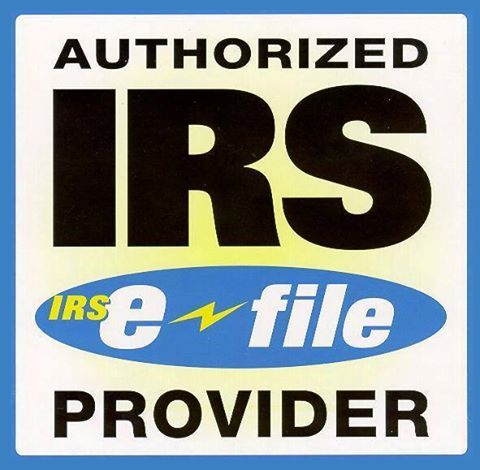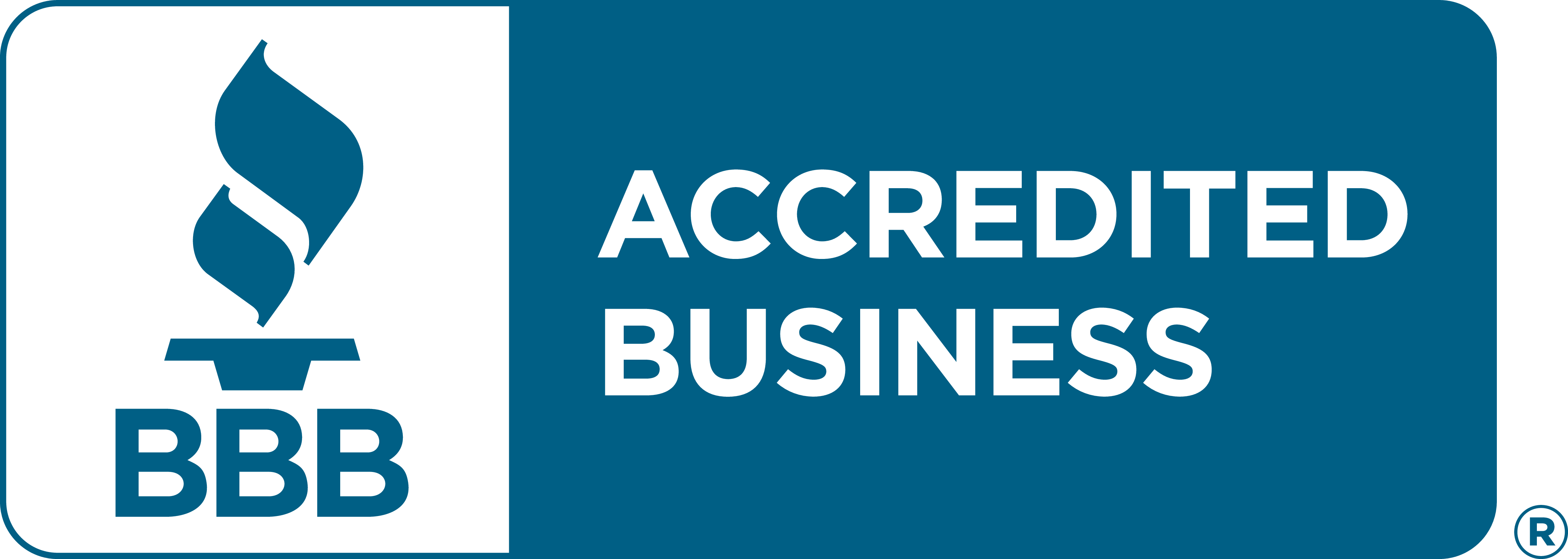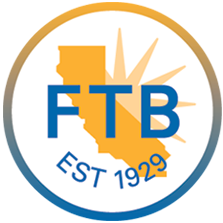Form 2290 Filing Guide for Owner operators
File your Form 2290 with TaxZerone and get Stamped Schedule 1 instantly!
Employment Tax Forms
Information Returns
Exempt Org. Forms
Extension Forms
Business Tax Forms
FinCEN BOIR
General
If you're an owner-operator managing your own trucking business, staying on top of IRS tax requirements is essential. One of the key forms you’ll need to file Form 2290, also known as the Heavy Vehicle Use Tax (HVUT) form.
This guide simplifies the process, breaks down complex rules, and offers practical tips so you can file correctly, avoid penalties, and keep your trucking business running smoothly.
Table of Contents
Who is an Owner-Operator?
An owner-operator is an independent truck driver who not only operates a commercial truck but also owns or leases the truck and manages the business behind it. Owner-operators are responsible for all aspects of their trucking operation, from finding clients and planning routes to maintaining equipment and handling finances. They have the freedom to choose when and where they work but also take on all the risks and costs of running a business.
Ready to Take Control of Your Trucking Business?
As an owner-operator in full control of your business, filing Form 2290 with TaxZerone, stay compliant, save time, and avoid penalties.
Does the Owner operator file Form 2290?
The owner-operator, if your vehicle has a gross weight of 55,000 pounds or more, you’re legally required to file IRS Form 2290 and pay the Heavy Vehicle Use Tax (HVUT). This applies even if you lease your truck to a carrier as long as the vehicle is registered in your name; you’re responsible for the filing.
Owner-Operator Filing Scenarios
Owner-operators often face unique situations when filing 2290 form, such as:
- Suspended Tax Status: If you drive your truck less than 5,000 miles during the tax year, you can file for a suspended tax status, meaning you don’t owe the tax but still must file internal revenue service form 2290.
- Mid-Year Purchases: If you purchase a truck partway through the tax year, you must file Form 2290 by the end of the month following the first month you use the vehicle on public highways.
- Multiple Vehicles: Owner-operators with multiple trucks must file a report for each vehicle, but you can file all trucks on one 2290 tax form for submission.
- Leased Vehicles: If you lease a truck but it is registered in your name, you are still responsible for filing and paying the HVUT.
These special cases require careful attention to 2290 deadlines and documentation to avoid penalties.
HVUT Tax Rates and Calculations
The Heavy Vehicle Use Tax (HVUT) is calculated based on your trucks gross taxable weight and usage.
| Weight Category | Tax Amount (Annually) |
|---|---|
| 55,000–75,000 lbs | $100–$540 |
| Over 75,000 lbs | $550 (maximum) |
| Agricultural Use | May qualify for lower rates or suspension |
Calculate Your HVUT in Seconds!
With TaxZerone, calculate your tax amount based on your vehicle’s weight and mileage.
Payment Options and Methods
You can pay the HVUT payment using one of the following options:
- EFTPS (Electronic Federal Tax Payment System)
- Electronic Funds Withdrawal (EFW)
- Credit or Debit Card
What to Do If You Make a Mistake in Your Filing?
Mistakes on Form 2290 can happen — here’s how to fix them:
- VIN Correction: File a Amended Form 2290 to correct Vehicle Identification Number.
- Weight Increase: If the taxable gross weight of your vehicle increases, you must file an amendment and pay the difference.
- Mileage Exceeded: If you originally filed under suspended status and go over 5,000 miles, file an amended return and pay the tax owed.
How Form 2290 Affects Vehicle Registration and Renewal?
Your IRS-stamped Schedule 1 is mandatory for vehicle registration and renewal. Without it:
- You won’t be able to register your truck with the DMV.
- You may face fines or penalties for driving without valid registration.
- Some states may suspend your vehicle registration.
Impact of Leasing vs. Owning Your Truck on Form 2290 Filing
As an owner-operator, your filing responsibility for a 2290 tax form depends on whether you own your truck or lease it, and more importantly, who holds the vehicle title.
- If you own your truck (title is in your name), you are directly responsible for filing Form 2290 and paying the Heavy Vehicle Use Tax (HVUT). This means you must file on time every year to avoid penalties and to get your 2290 Schedule 1 for vehicle registration.
- If you lease a truck but still hold the title (for example, a lease-to-own or finance arrangement), you still file and pay the HVUT as the title owner.
- If you lease a truck and the leasing company holds the title, then the leasing company is responsible for filing tax form 2290 and paying taxes. However, since you are operating the vehicle, you should confirm with the lessor to ensure the tax is being paid, because the IRS holds the titled owner responsible.
State-Specific Rules and Considerations
While Form 2290 is a federal requirement, some states add their own twists:
- DMV Requirements: Many states won’t register or renew heavy vehicles without proof of HVUT payment (Schedule 1).
- Additional State Taxes or Fees: States like New York, Kentucky, and Oregon may impose separate usage or weight-distance taxes.
- Agricultural Vehicles: Some states have special exemptions or filing timelines.
💡 Need a quick guide?
Watch our easy step-by-step video on YouTube to see how owner operators can simplify Form 2290 filing.
Ready to File Your Form 2290?
Whether you own or lease your truck, TaxZerone makes it easy for
owner-operators to e-file Form 2290 within minutes.












